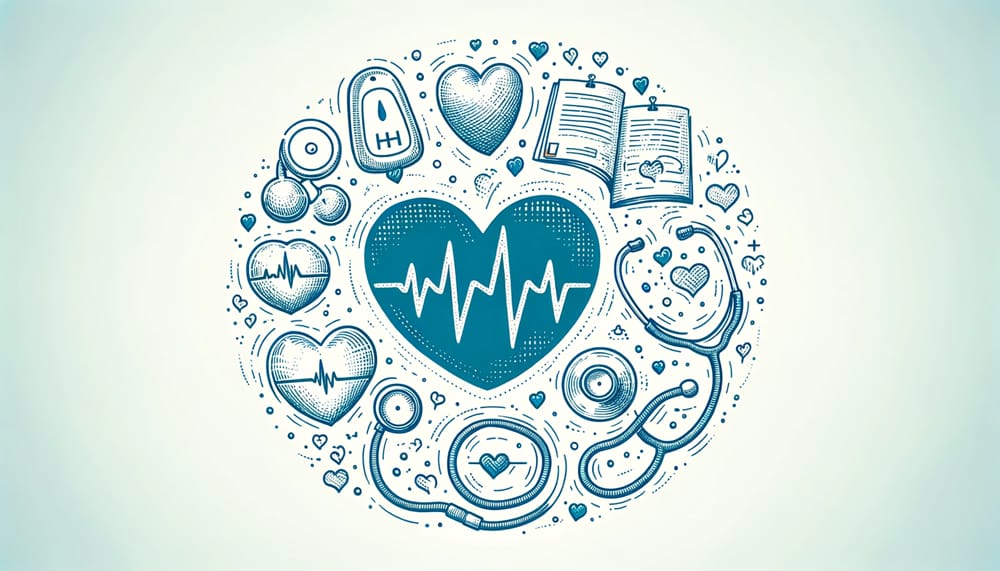Simplifying Cardiac Monitoring with HRV
Heart Rate Variability (HRV) is increasingly recognized as a crucial tool in the field of cardiology, offering a simpler yet effective alternative to more complex cardiac monitoring methods like multilead ECG. Its ability to non-invasively assess the heart’s rhythm and the influence of the autonomic nervous system on cardiac function makes it invaluable in both clinical and personal health monitoring.
“As a beacon in the realm of cardiac care, heart rate variability shines by offering a simpler, yet profound, glimpse into the heart’s rhythm and the subtle play of the autonomic nervous system.”
HRV’s importance lies in its straightforward approach to revealing insights about cardiovascular health. It measures the variations in time intervals between heartbeats, offering a window into the heart’s responsiveness and the overall balance of the autonomic nervous system.
For foundational knowledge on HRV and its health implications, our Ultimate Guide to Heart Rate Variability provides a comprehensive overview.
HRV’s Role in Detecting and Monitoring Cardiac Conditions
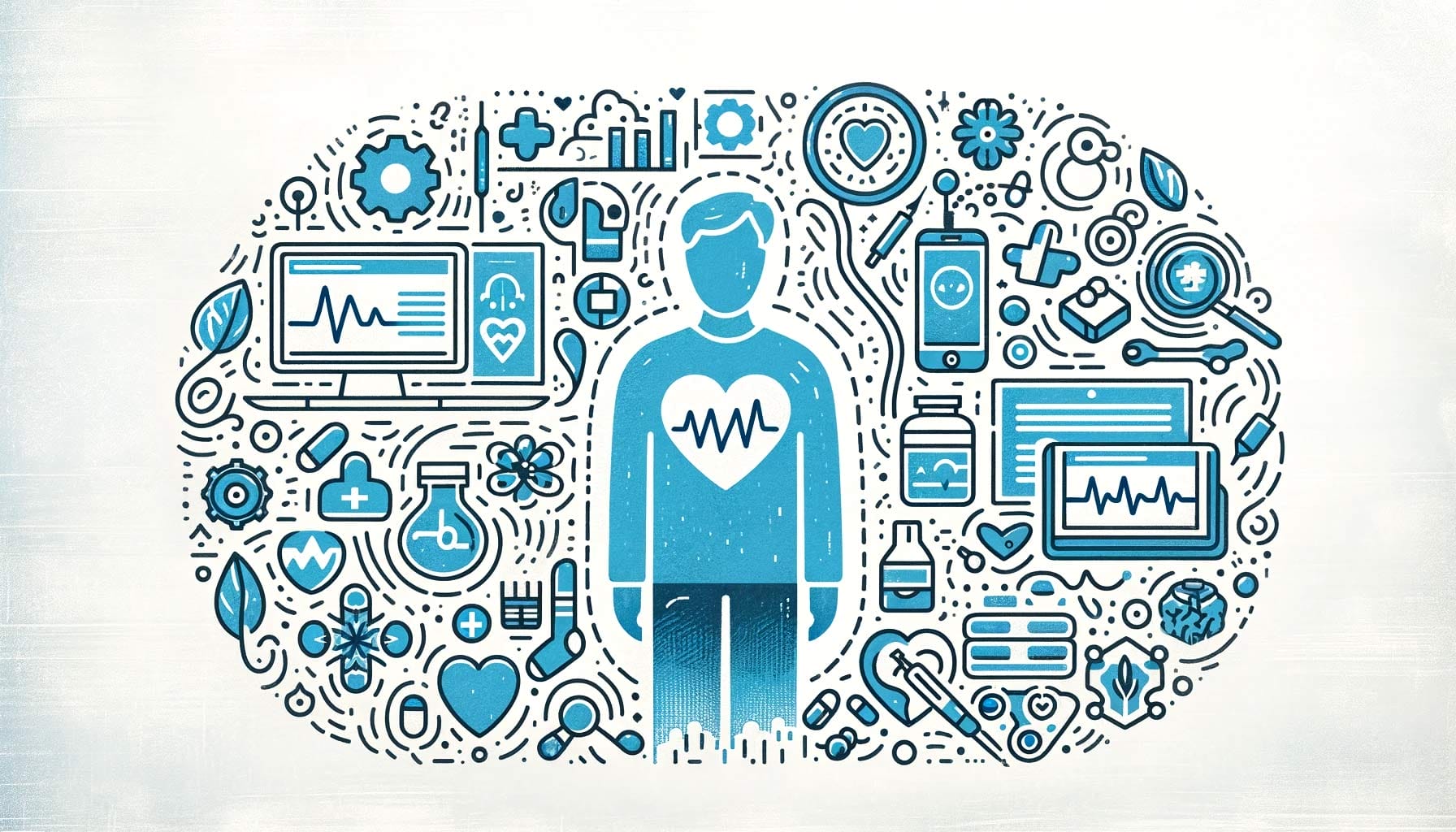
HRV is instrumental in cardiology for its ability to detect and monitor various heart conditions. It helps in identifying irregularities in heart rhythm and can be an early indicator of potential cardiac issues. By tracking HRV, clinicians and patients can gain valuable insights into heart health, stress-related conditions, and autonomic nervous system functions.
The simplicity of HRV measurement, which can be done using wearable devices or standard heart rate monitors, offers a distinct advantage over traditional cardiac monitoring methods. It allows for easier, more frequent assessments, making it ideal for long-term monitoring and management of heart health.
Gain deeper insights into the role of heart rate variability in mental health, beyond stress and anxiety, in our article, “HRV and Mental Health: Beyond Stress and Anxiety“.
The Advantages of HRV Over Multilead ECG
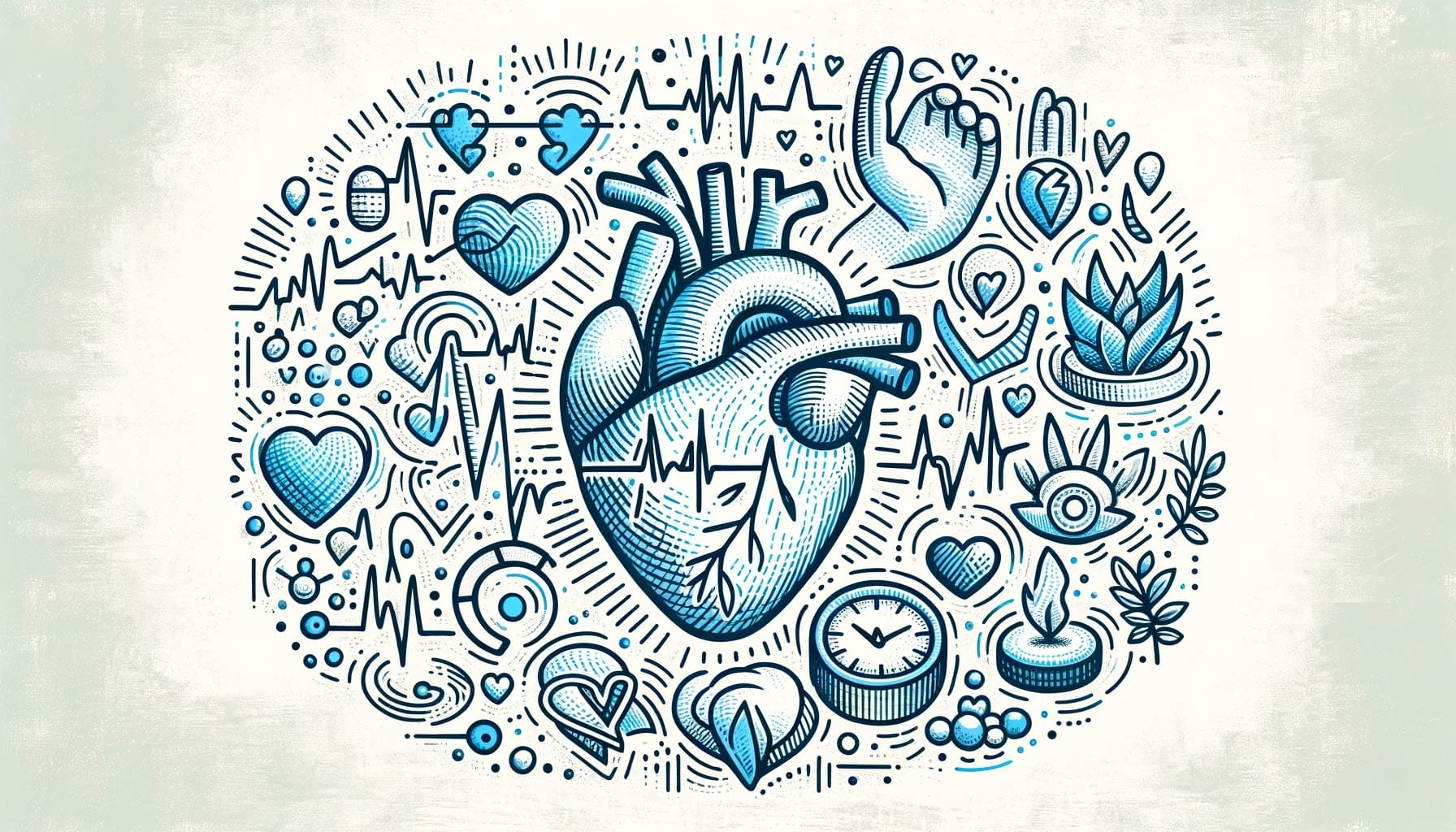
While multilead ECG provides comprehensive data on heart function, HRV offers a more accessible and less resource-intensive method of monitoring cardiac health. Focusing on the intervals between heartbeats, HRV measurement requires simpler technology and less complex data analysis, making it a practical tool for continuous and long-term cardiac monitoring.
“In the world of cardiac health, heart rate variability stands out as a beacon of simplicity and practicality, bridging the gap between high-tech medical analysis and everyday wellness monitoring.”
The simplicity of HRV extends to its use in various settings, from clinical to at-home monitoring, making it a versatile tool in cardiac care. The reduced need for technical expertise and equipment, along with the longer battery life of HRV monitoring devices, enhances patient compliance and facilitates wider use in diverse populations. Discover how heart rate variability is revolutionizing personalized medicine in our article, “HRV and Personalized Medicine: Tailoring Health Strategies for Individual Needs“.
HRV’s Impact in Clinical Cardiology
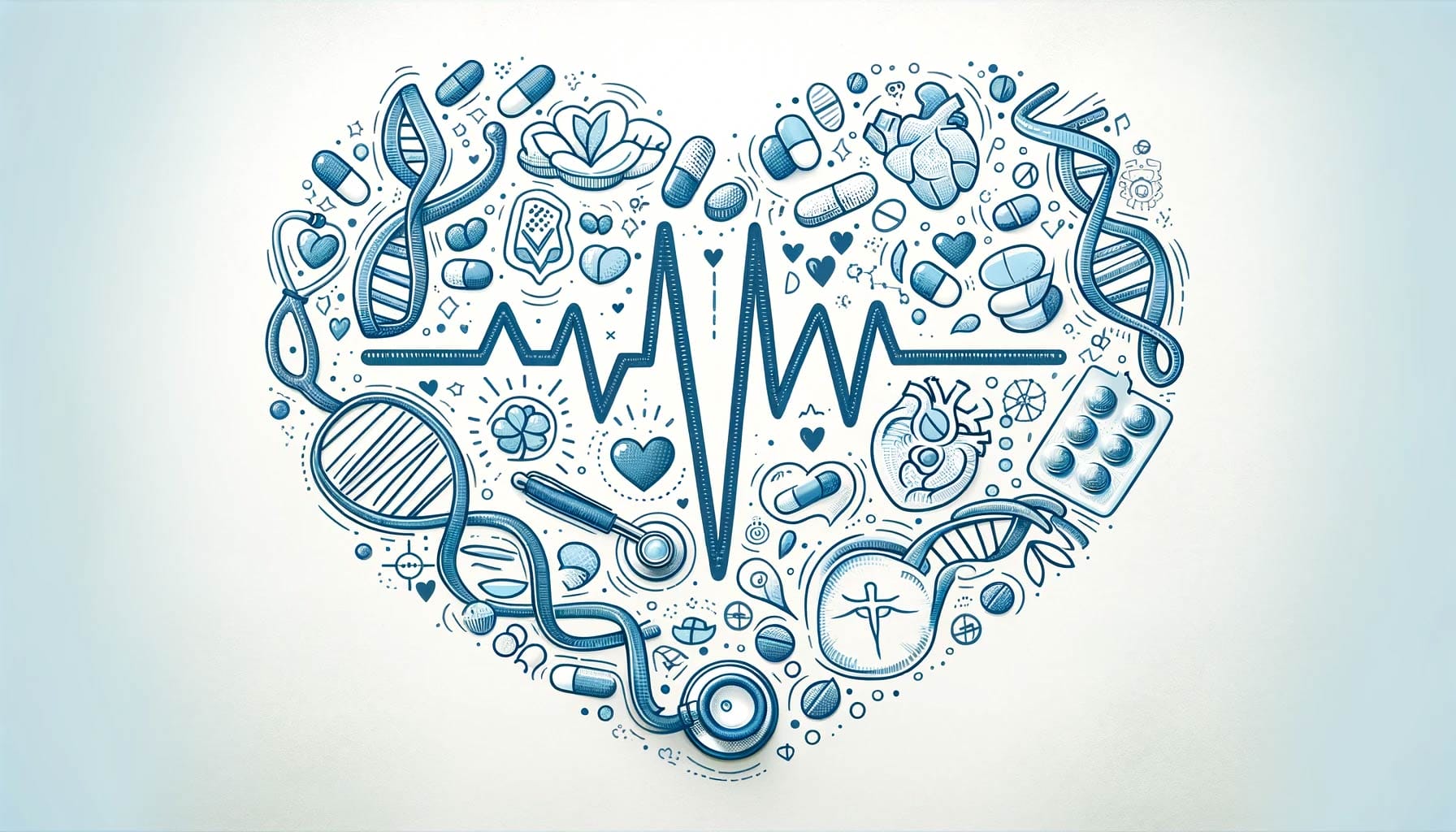
In clinical cardiology, HRV is being increasingly used to personalize patient care. By monitoring HRV, clinicians can track patients’ responses to treatments, adjust medication dosages, and recommend lifestyle changes tailored to individual heart health needs. This personalized approach is crucial for managing chronic conditions like heart disease and for optimizing treatment efficacy. Gain insights into how drugs affect heart rhythms by reading our informative article, “HRV and Pharmacology: Drug Effects on Heart Rhythms“.
HRV monitoring in clinical settings aids in the early detection of cardiac issues, guides therapeutic decisions, and supports patient recovery. Its application in various clinical scenarios, including outpatient and inpatient care, demonstrates its versatility and effectiveness in modern cardiac healthcare.
HRV in Cardiac Rehabilitation
Cardiac rehabilitation is a critical aspect of recovery from heart-related events, and HRV plays a key role in this phase. Monitoring HRV during rehabilitation helps clinicians assess the effectiveness of recovery protocols and make necessary adjustments to exercise and stress management strategies. It ensures that rehabilitation efforts are aligned with the patient’s cardiac function and recovery progress, promoting a safer and more effective return to health.
Discover key strategies for stress management and recovery through heart rate variability in our concise article, “HRV in Stress Management and Recovery“.
The Nutritional Connection: Diet and Heart Health through HRV
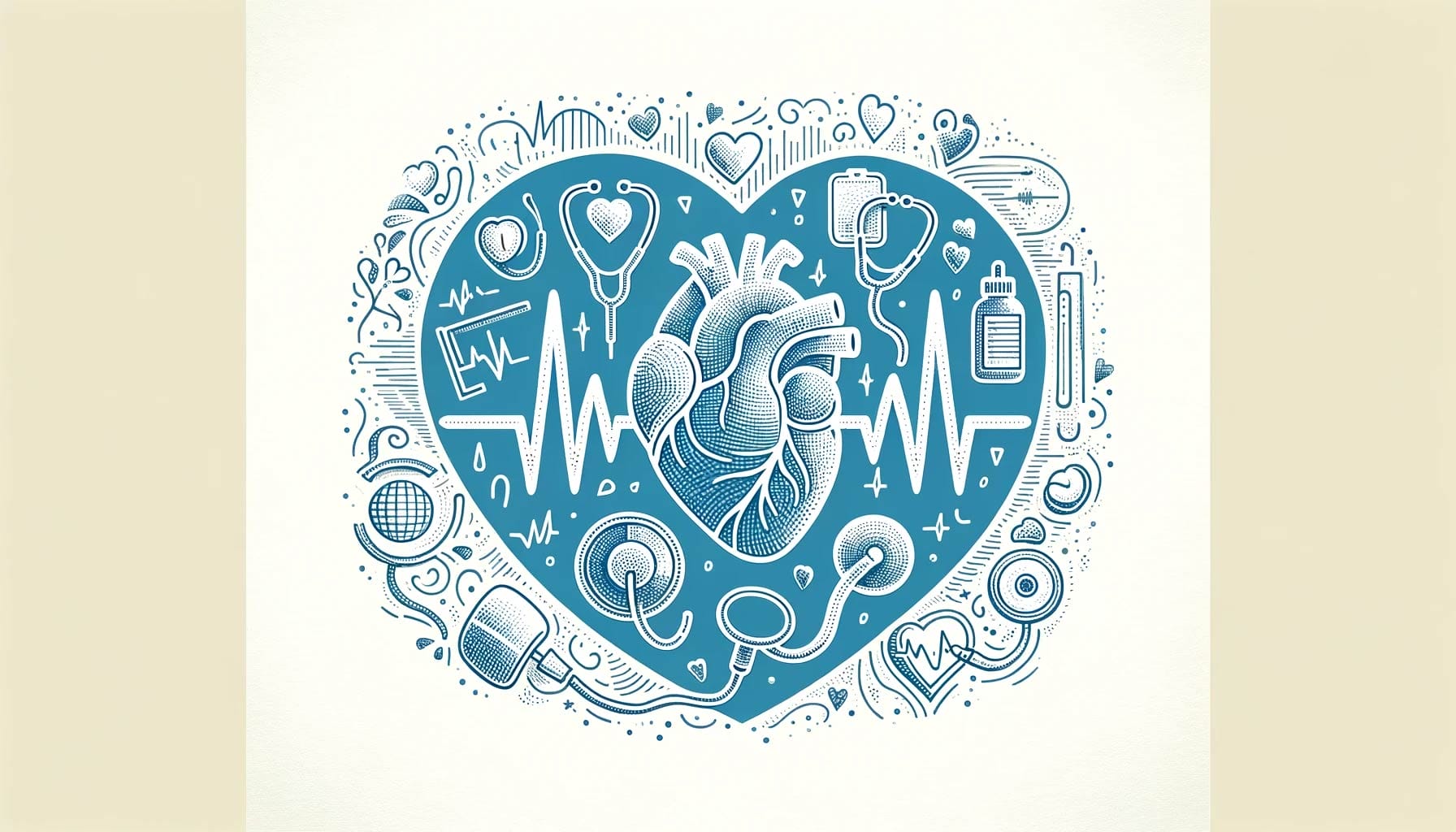
Nutrition is a significant factor in cardiac health, and HRV serves as a tool for monitoring the impact of diet on the heart. By observing changes in HRV, clinicians can guide patients in making dietary choices that support heart health, such as incorporating anti-inflammatory foods and reducing intake of processed foods and unhealthy fats.
“Through heart rate variability, we gain a unique insight into how our diets whisper to our hearts, guiding us towards nourishing choices for optimal cardiac health.”
The relationship between diet and HRV which is discussed in our previous article HRV and Nutrition highlights the importance of a holistic approach to cardiac care. Nutritional interventions based on HRV data can complement other treatment modalities, offering a comprehensive strategy for improving and maintaining heart health.
Addressing Challenges in HRV Application in Cardiology
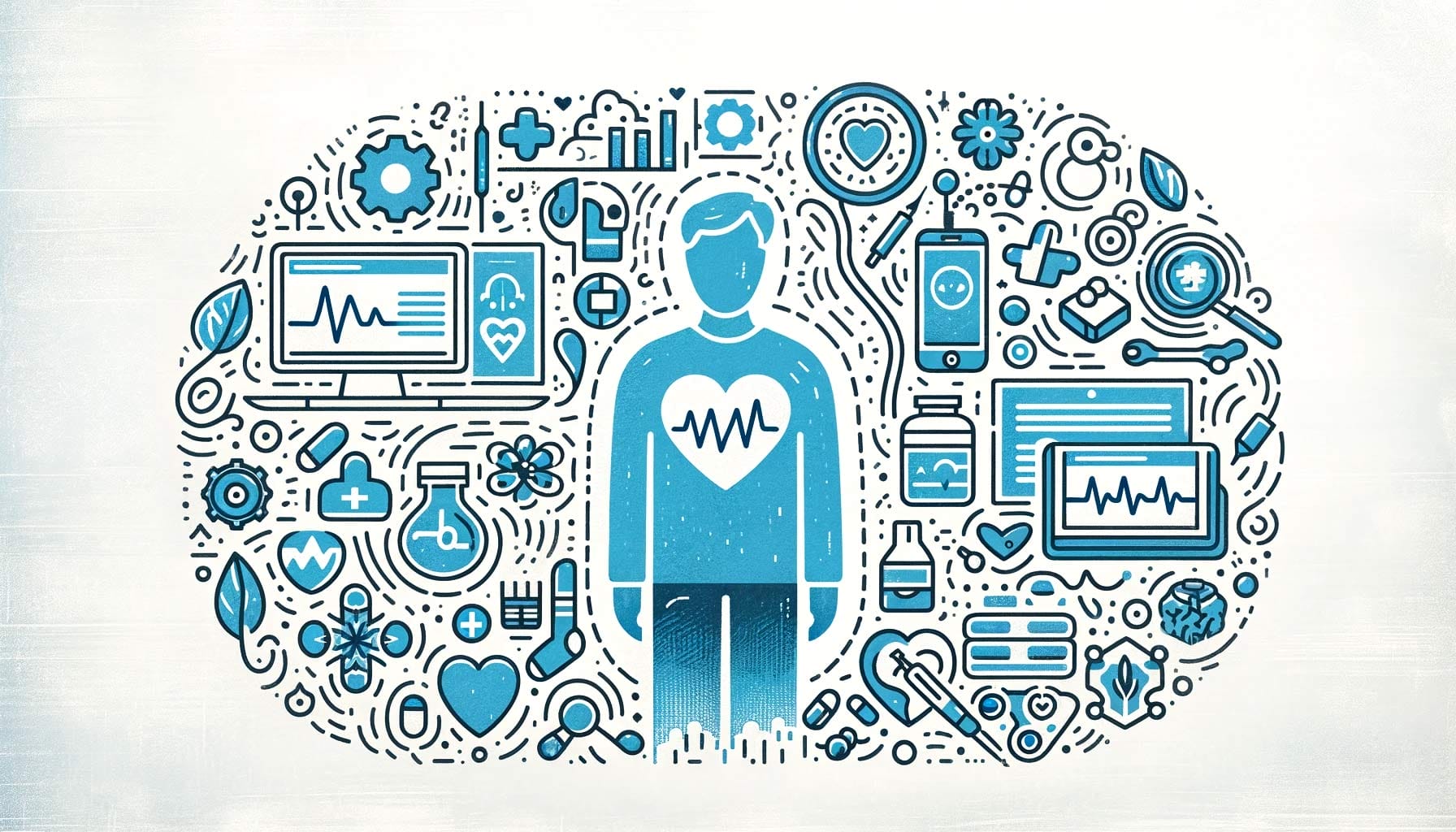
Implementing HRV in cardiology is not without challenges. Variations in HRV readings due to individual differences and external factors require careful interpretation. Standardization in HRV measurement and analysis is crucial for its effective application in cardiac care. Delve into the complexities of measuring heart rate variability in our detailed article, “Unraveling the Intricacies of HRV Measurement Techniques“.
“In the quest to harness heart rate variability for cardiac care, navigating its complexities requires precision, standardization, and a thirst for continuous learning and adaptation.”
This section discusses strategies for overcoming these challenges, including the development of standardized protocols, patient education, and ongoing research to refine HRV-based interventions. The integration of HRV data with other clinical assessments is also crucial for a comprehensive approach to cardiac health.
Innovations and Future Trends in HRV and Cardiology
The future of HRV in cardiology is promising, with technological advancements enhancing its precision and usability. Wearable HRV monitors and sophisticated data analytics are set to expand the applications of HRV in cardiac monitoring and care.
Emerging research and innovations in HRV technology are expected to further solidify its role in cardiology. The potential for HRV to become a standard tool in preventive cardiology and early intervention is vast, offering new possibilities in cardiac health management.
Conclusion: Embracing the Simplicity and Effectiveness of HRV in Cardiac Care
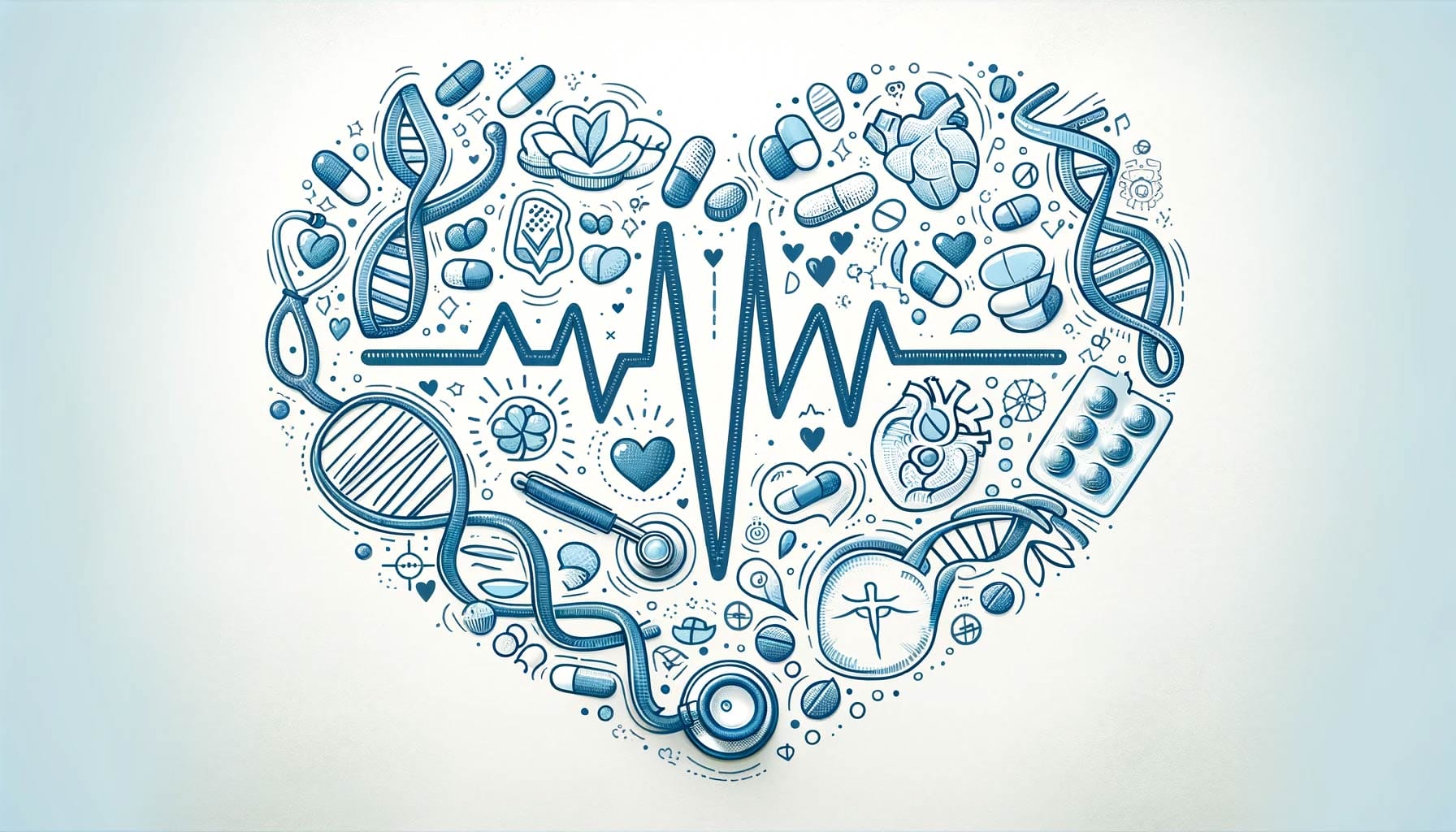
HRV is revolutionizing cardiac care by offering a simple yet effective method for monitoring heart health. Its ease of measurement, coupled with its ability to provide critical insights into cardiac function, makes it an invaluable tool in both clinical settings and personal health management. Discover how heart rate variability is revolutionizing personalized medicine in our article, “HRV and Personalized Medicine: Tailoring Health Strategies for Individual Needs“.
As HRV continues to gain prominence in cardiology, its role in enhancing patient-centered care and improving cardiac health outcomes becomes increasingly significant. HRV is not just a measurement tool; it is a key component in the evolution of modern cardiac care.
You Might Also Be Interested
- 📚 Delve into our comprehensive HRV Article Collection for insightful perspectives on Heart Rate Variability (HRV).
- 🔍 Learn how the advanced features of Fibion Emfit & Fibion Vital can aid you in your HRV research.
- 📅 Planning an HRV measurement and analysis? For a chat with our HRV expert, book a session with Dr. Miriam Cabrita.
Frequently Asked Questions About This Topic:
What is the significance of HRV in cardiac monitoring? +
HRV offers a simpler yet effective alternative to complex cardiac monitoring methods, providing insights into heart rhythm, autonomic nervous system function, and overall cardiovascular health.
How does HRV compare to multilead ECG in cardiac monitoring? +
While multilead ECG provides comprehensive data, HRV offers a more accessible and less resource-intensive method for long-term cardiac monitoring, focusing on intervals between heartbeats.
What role does HRV play in clinical cardiology? +
In clinical cardiology, HRV is used for personalizing patient care, tracking responses to treatments, adjusting medications, and supporting recovery, particularly in managing chronic conditions like heart disease.
How is HRV utilized in cardiac rehabilitation? +
HRV monitoring during cardiac rehabilitation helps clinicians assess the effectiveness of recovery protocols, adjust exercise and stress management strategies, and promote safer patient recovery.
What is the connection between diet, HRV, and heart health? +
Diet influences HRV and, consequently, heart health. Changes in HRV can guide dietary choices that support heart health, emphasizing the importance of a holistic approach in cardiac care.
What challenges are associated with using HRV in cardiology and how are they addressed? +
Challenges include variability in HRV readings and the need for standardized measurement protocols. Addressing these challenges involves patient education, ongoing research, and integrating HRV data with other clinical assessments.

